OHC engine history
By Rick McDowell
Norton’s first OHC engine, important in its own right and for what it led to, was certainly not the first motorcycle powerplant to have its cams situated above the cylinder head.
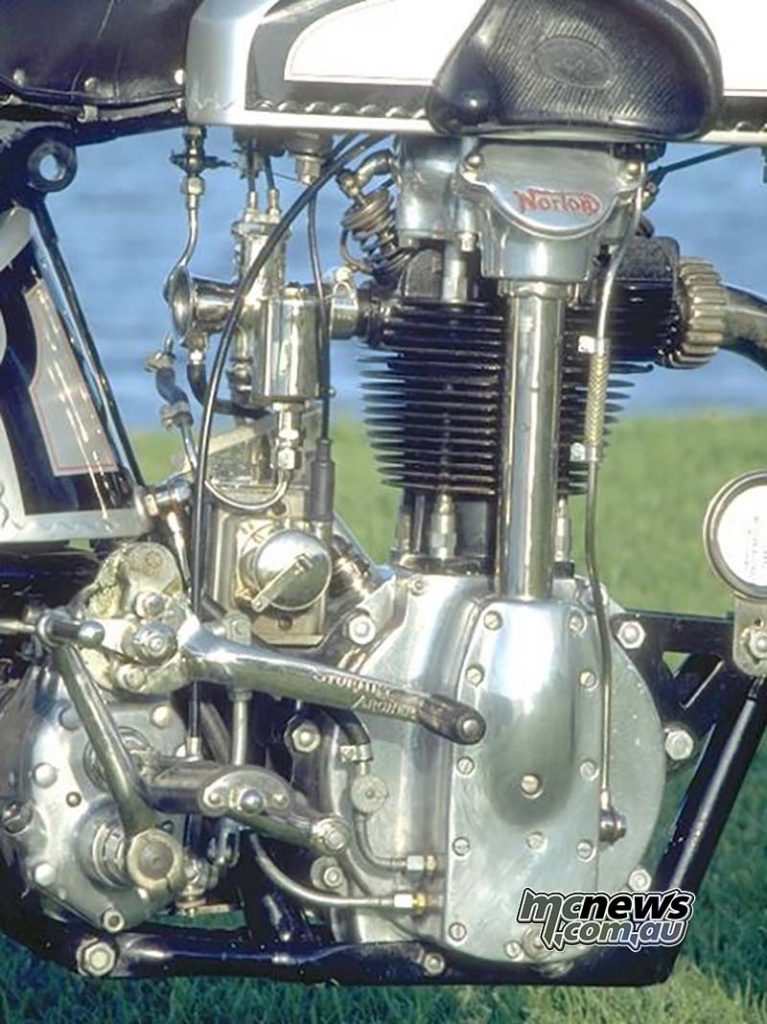
Almost certainly, this honour goes to the French Peugeot concern, who in 1913 unveiled a 500cc vertical twin racing machine with not single but DOHC operation.
The bike was designed by Ernest Henry who had helped developed a DOHC engine for Peugeot’s car side in 1912.
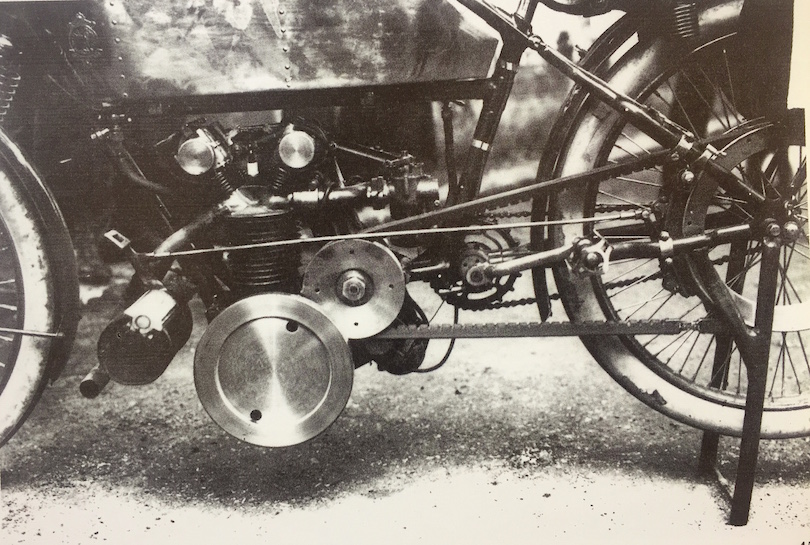
In addition to DOHC, the 1913 Peugeot two wheeler had oil cooling and several other features that put it way ahead of its time. It wasn’t until after WW 1 however, that Peugeot’s design was really developed and it ultimately became a racing success.
Undoubtedly though, the bulk of OHC development work was performed during the 1920s, with the British Velocette company arguably ahead of any other British manufacturer in the area.
A 350cc OHC Velocette won the 1926 Junior Isle Of Man TT a year before Norton did likewise with their OHC engine in the Senior event. Ironically, the rider on both occasions was Alec Bennett.
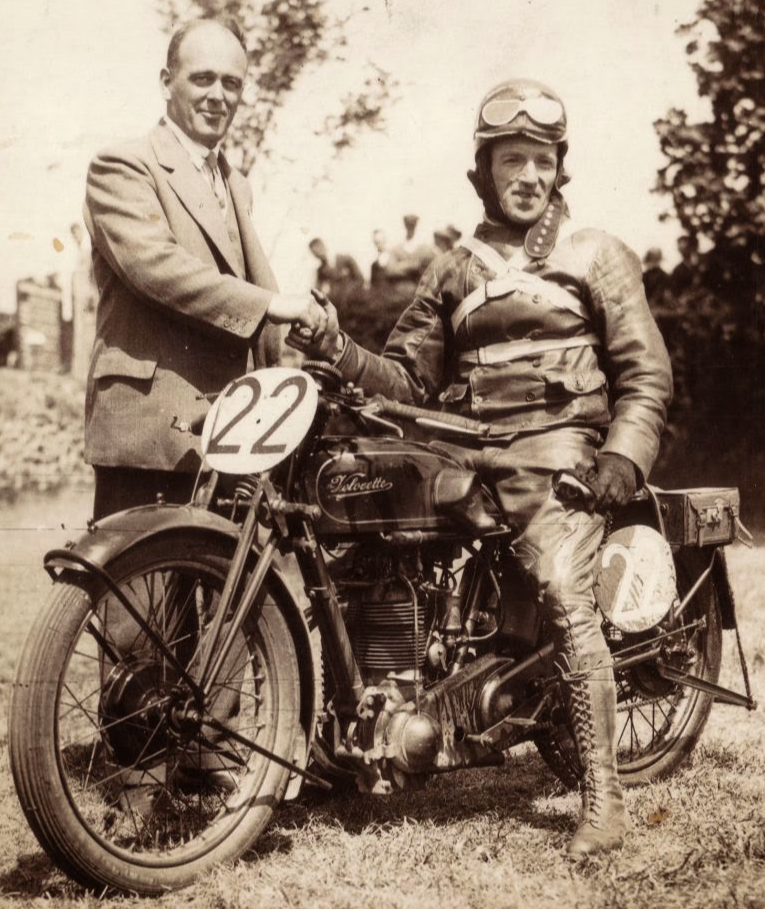
Velocette’s win ultimately led to the company developing its famous and untouchable KTT series of race bikes, machines which not only won many important races of the day, but which also broke numerous records right up until World War Two.
Velocette were in fact pioneers in the area of valve overlap and are known to have researched the matter through the use of stroboscopic lighting.
In mainland Europe, motorcycle production as in Britain was at a peak during most of the 1920s and some interesting OHC designs appeared from the continent.
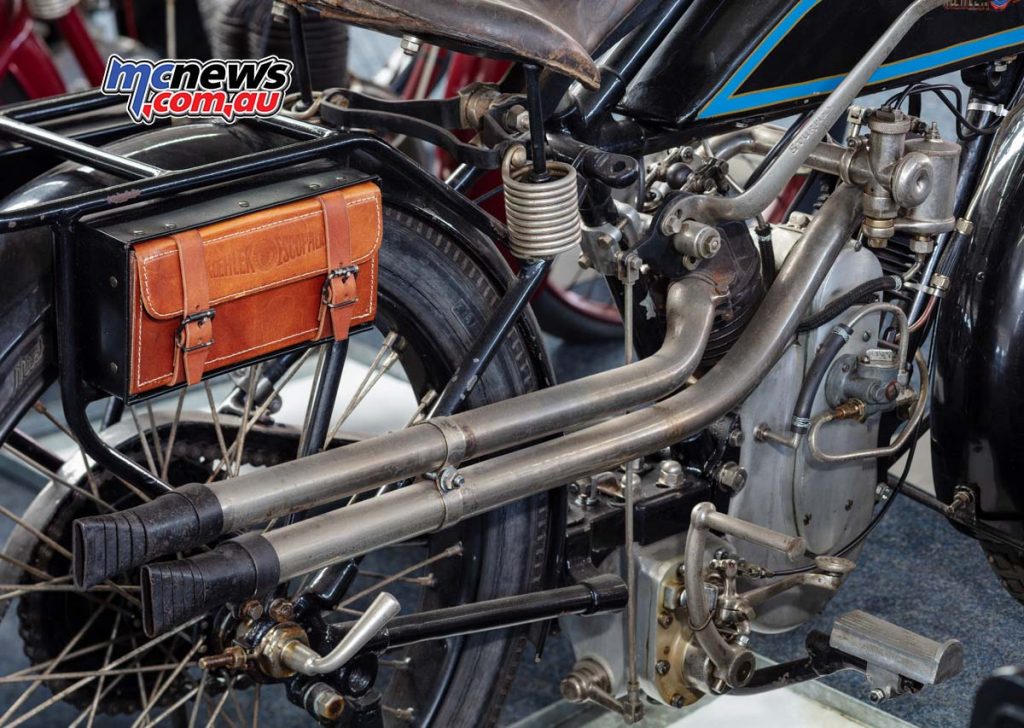
Back in France and as early as 1920, a firm called Koehler-Escoffier produced what is believed to have been the only V-twin OHC motorcycle (996cc) of the decade. In addition, Koehler-Escoffier made an OHC ‘Sloper’ single of 498cc. The Italian Bianchi firm on the other hand produced what was probably the only DOHC engine of the period.
Designed by Albino Baldi, this works racer had a capacity of 348 cc, was exceptionally fast and attracted the nickname, ‘Doubleknocker’. Fortunately for Bianchi, the machine was a huge success. Equally successful and equally Italian, were Moto Guzzi’s 500 cc and 250 cc OHC horizontal singles of the 1920s.
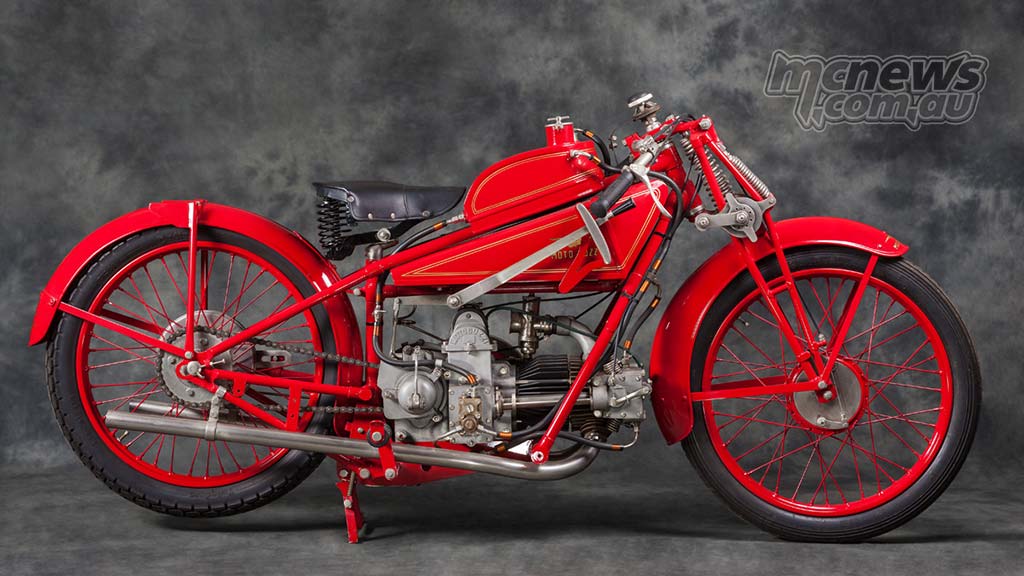
Meanwhile, in Germany, Roconova was producing that country’s first commercially available OHC singles by 1924. Racing versions of the 248 cc and 348 cc machines worked well, but the company didn’t last beyond 1926. Probably more famous on the German front was the Windhoff 746 cc, four-cylinder, OHC machine of 1927. Not only did it have oil cooling, but, with no real frame members and everything being attached to the engine, it was one of the first examples of an engine doubling as a frame.
Not all OHC development took place in Europe however. Cyclone was an American firm that, although only in business from 1913 to 1917, produced an OHC V-twin engined bike with a capacity of 996 cc. Cyclone and the above mentioned Koehler-Escoffier of France were the only manufacturers of V-twin OHC machines before WW 2.
Most of these early OHC engines used bevel gears and an intermediary shaft to work the overhead-cams and it wasn’t for some years before chain driven overhead-cams appeared. However, a German company called Horex were one of the first to do so as early as 1932. Their 598 cc and 796 cc, chain driven OHC machines were exceptionally advanced for the day.























